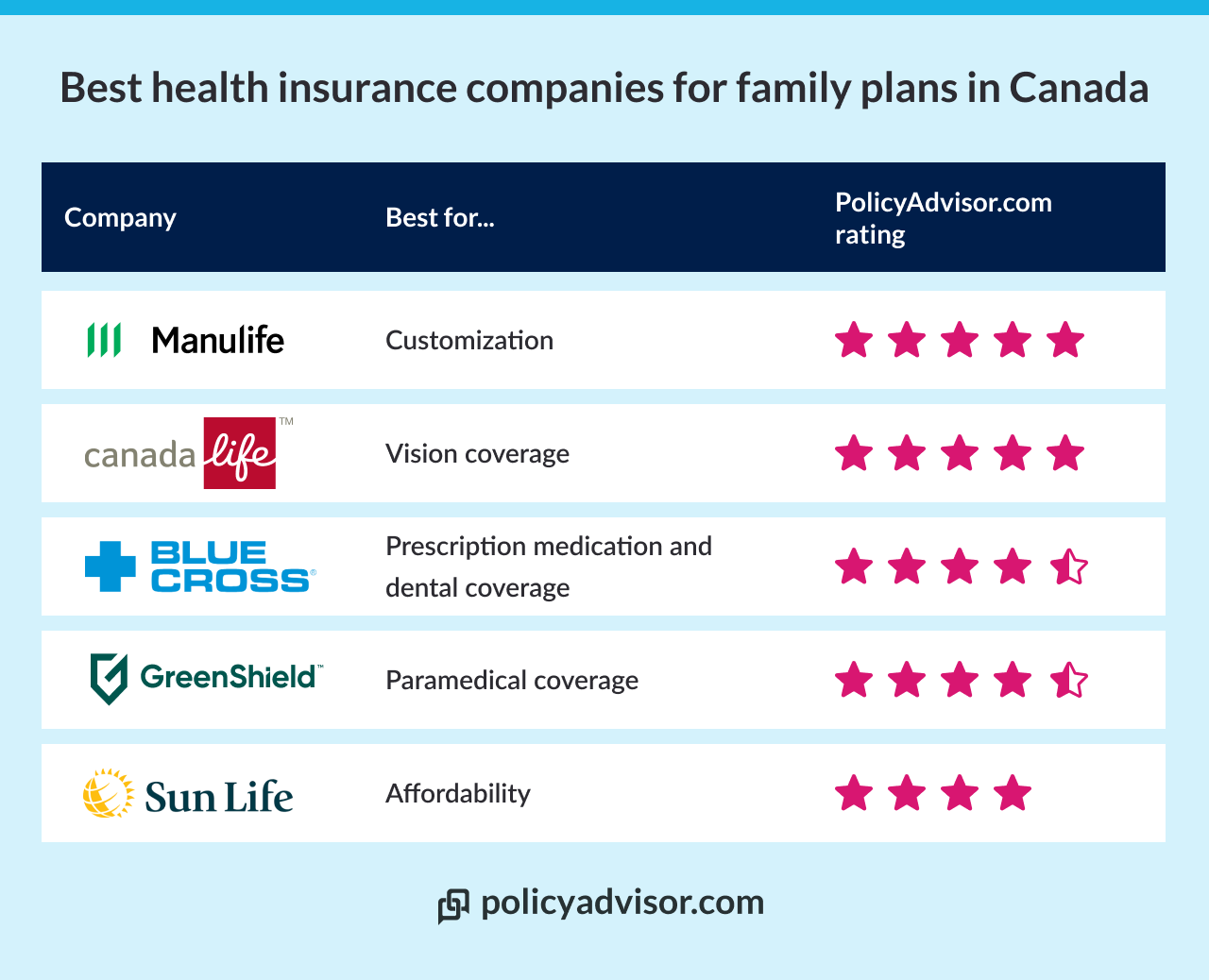Check your provincial or territorial health insurance plan. Each province and territory has its own drug coverage program, with varying levels of prescription drug coverage. These plans often cover medications for specific conditions or age groups, sometimes requiring a physician to apply for prior authorization.
Consider a private drug insurance plan. Many employers offer drug plans as part of employee benefits packages. These plans typically cover a broader range of medications than public plans and often offer lower out-of-pocket costs. If your employer doesn’t provide coverage, investigate purchasing a private plan independently.
Explore assistance programs. Several organizations provide financial assistance for prescription drugs, particularly for low-income individuals and those with chronic conditions. Look into programs such as Trillium Drug Program in Ontario or similar initiatives in your province or territory. These programs may require income verification.
Negotiate medication costs with your pharmacist. Pharmacists often have flexibility to offer discounts or explore alternative medications with lower prices. Don’t hesitate to ask about potential savings.
| Province/Territory of Residence | Determines the public drug plan you are eligible for. |
| Age | Some medications are covered only for specific age groups. |
| Pre-existing Conditions | Coverage may vary based on pre-existing conditions. |
| Income Level | Eligibility for assistance programs depends on income. |
| Specific Medication | Some medications may require pre-authorization. |
Remember to always consult your doctor or pharmacist for personalized advice regarding your medication needs and coverage options. Keeping detailed records of your prescriptions and receipts can help simplify the claims process.



